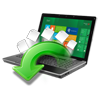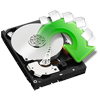More than 90% of new data is stored in hard disk drives, but it is at risk of major data loss as shown In a report published at the 2019 IEEE International Conference on Autonomic Computing (ICAC).
Hard disks are reported to be the most commonly replaced hardware component accounting for 78% share. In addition, the annualized failure rate of disk drives can reach up to 15%.
So the question arises is the data in your hard drives really safe?
Let us take a look at a user query.
"Hi, I am a Windows computer user and I have preserved many personal and official files on this system for a long time. Today as I started the system, it said that the hard drive needs to be formatted. I couldn’t understand why the system was showing the error, the hard drive needs formatting, so I restarted it. Even then, I was unable to resolve the error and couldn’t access any of my data. I do not possess a complete backup of all my crucial files on this hard drive and thus I cannot go with formatting it. Is there any way to recover files from a hard drive that needs formatting? Please help me by providing an appropriate solution. Thanks in advance.”
Does this sound familiar? If you are facing the above scenario, you are at the right place this article helps you in recovering the files with ease.
Why Does My Disk Need Formating?
So why does my disk want to format? Disk needs formating because of the following factors:
- Bad sector in your HDD
- If the file system of the disk is not Windows-compatible.
- If the storage device gets infected by malware or virus.
- If the Disk Driver is Outdated
Okay, now I understand how I may have gotten this issue, but what’s important is the solution. So, how do I recover my data from a drive that wants to format?
How Do I Recover Data From My Hard Drives That Needs Formatting?
There are various ways in which you can recover the files from the hard drive that needs formatting. You will find many different solutions for your problem some effective some less effective. But I don’t want you to go through the trouble of trying out various methods, so we have compiled a list of some tried and tested solutions to fix this issue:
Method 1: Scan your Device for Viruses
Sometimes malware or viruses in your system can stop you from opening the files on the Hard drive. Follow the below-mentioned procedure to scan your device.
- Type Windows Security in the search box and hit Enter.
- Select Virus & Threat Protection from the menu on the left side.
- Select Scan Options under Quick Scan.
- Select Full Scan and click the Scan Now button to check all the files and running programs on your hard drive.
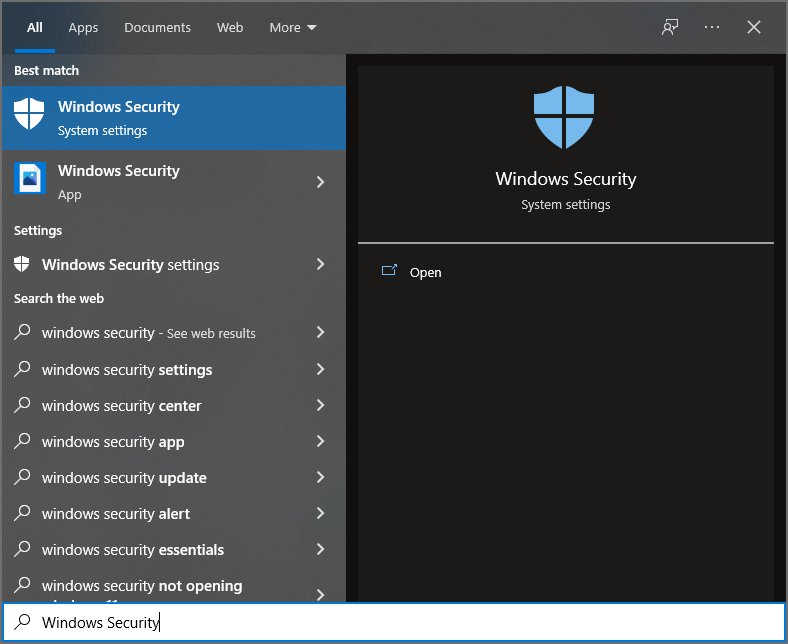
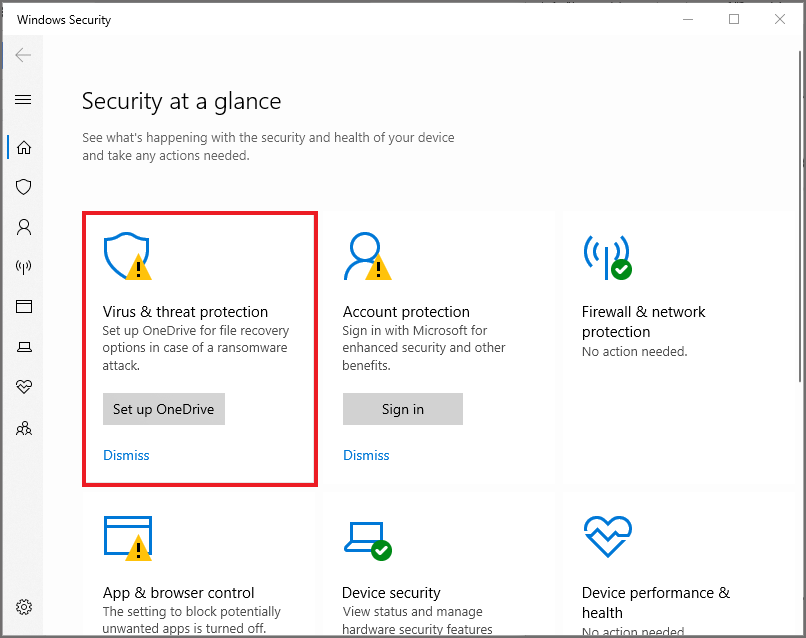
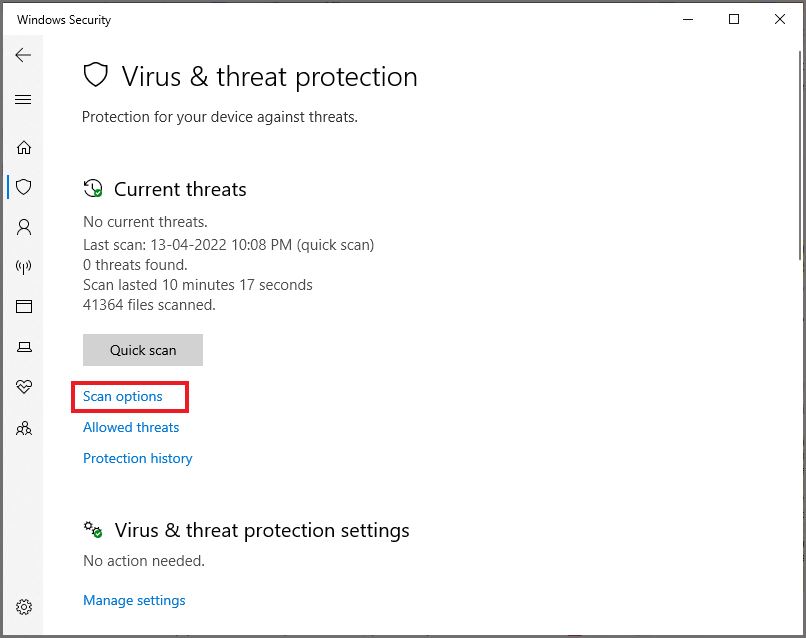
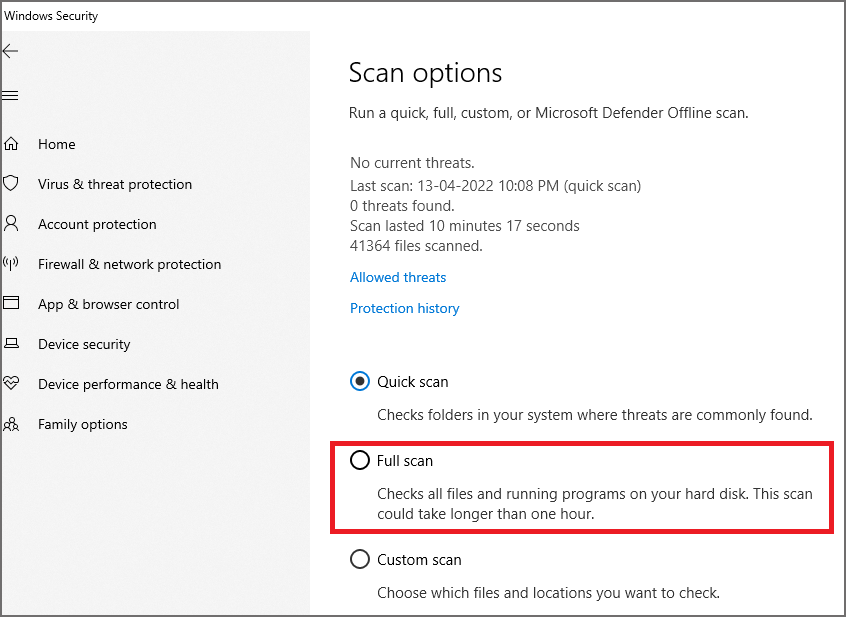
If this does not work move on to the next method.
Method 2: Update Disk Driver
You can try to update your Disk Driver and check whether the issue is resolved. In case the driver is outdated it may not be able to communicate properly with the OS and as a result, may give prompts like “Drive Needs to be Formatted”.
To update the Disk Driver follow the steps
- Press Windows + S to open the Windows search bar.
- Search and open Device Manager.
- Click on the roll-down button left to the Disk drives option.
- Right-click on the driver for the drive with issues.
- Select the option Update driver.
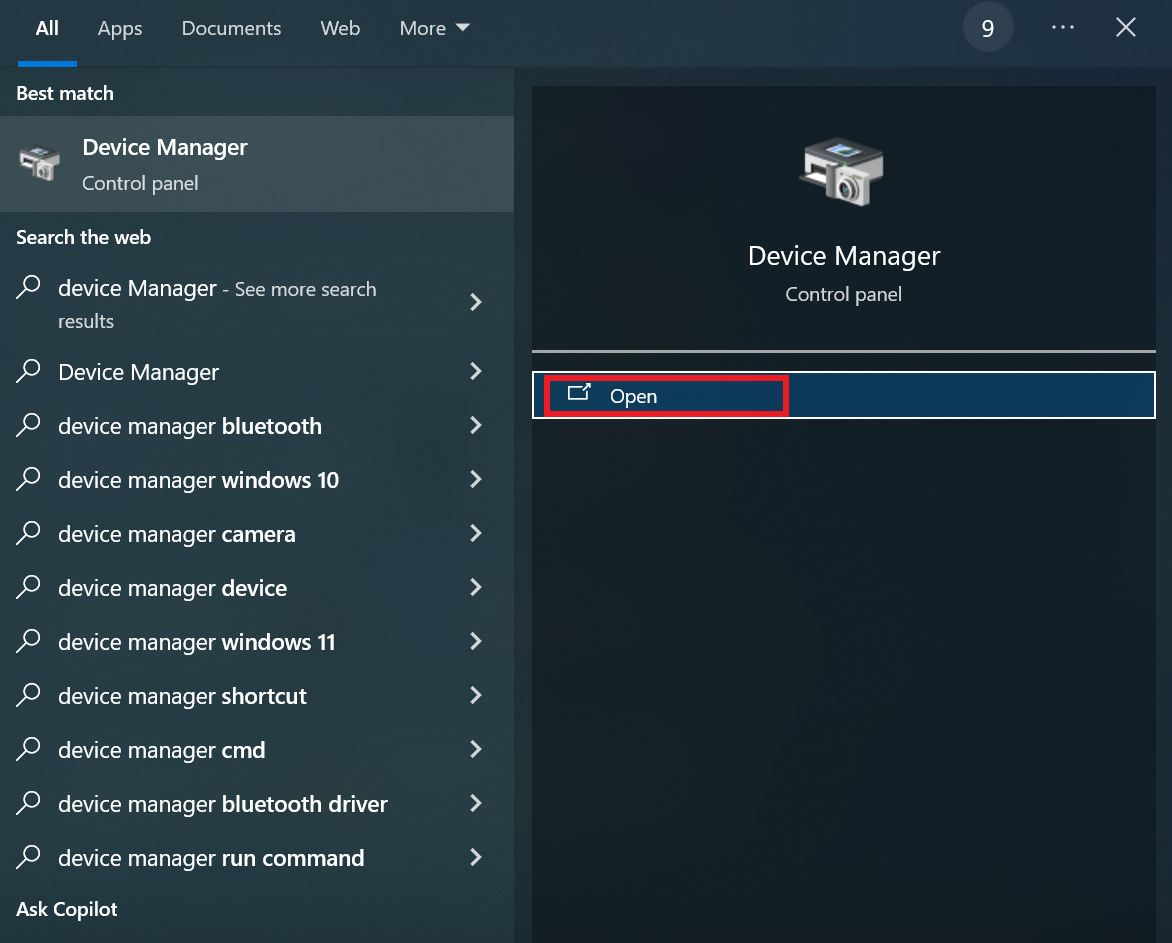
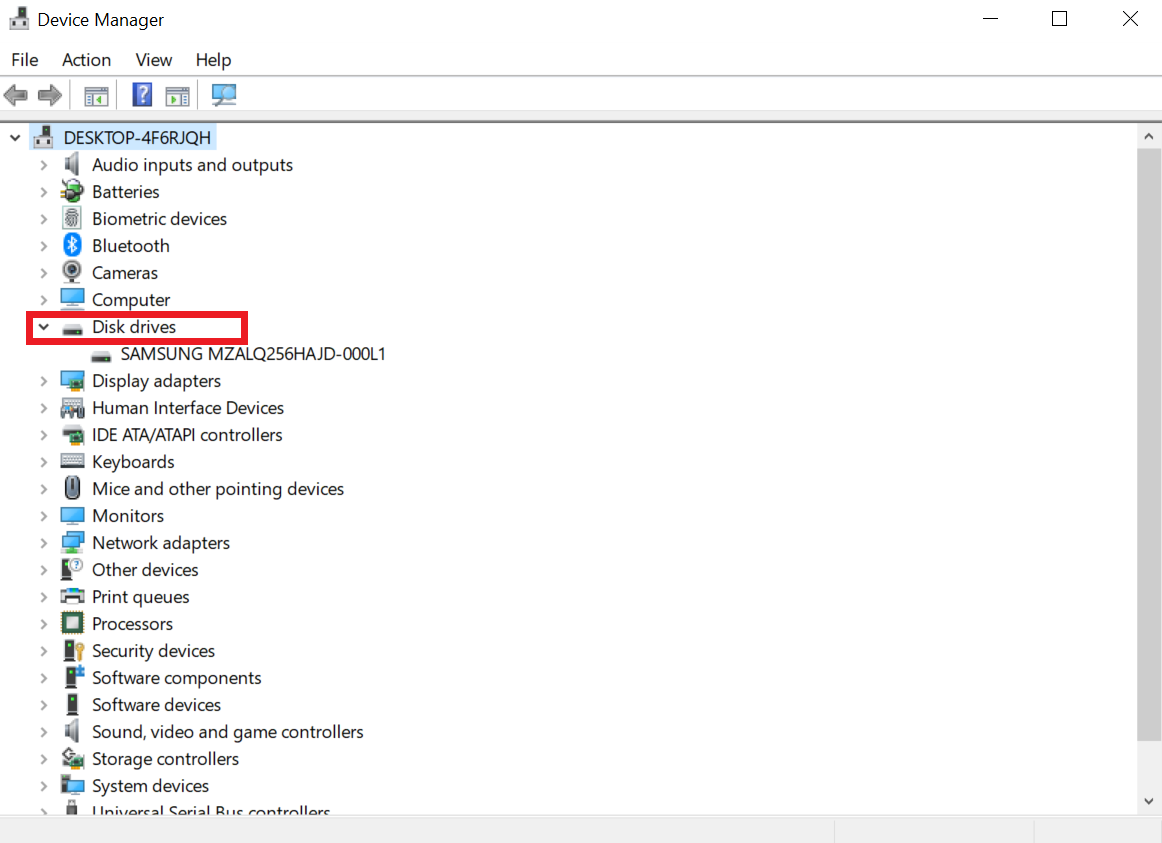
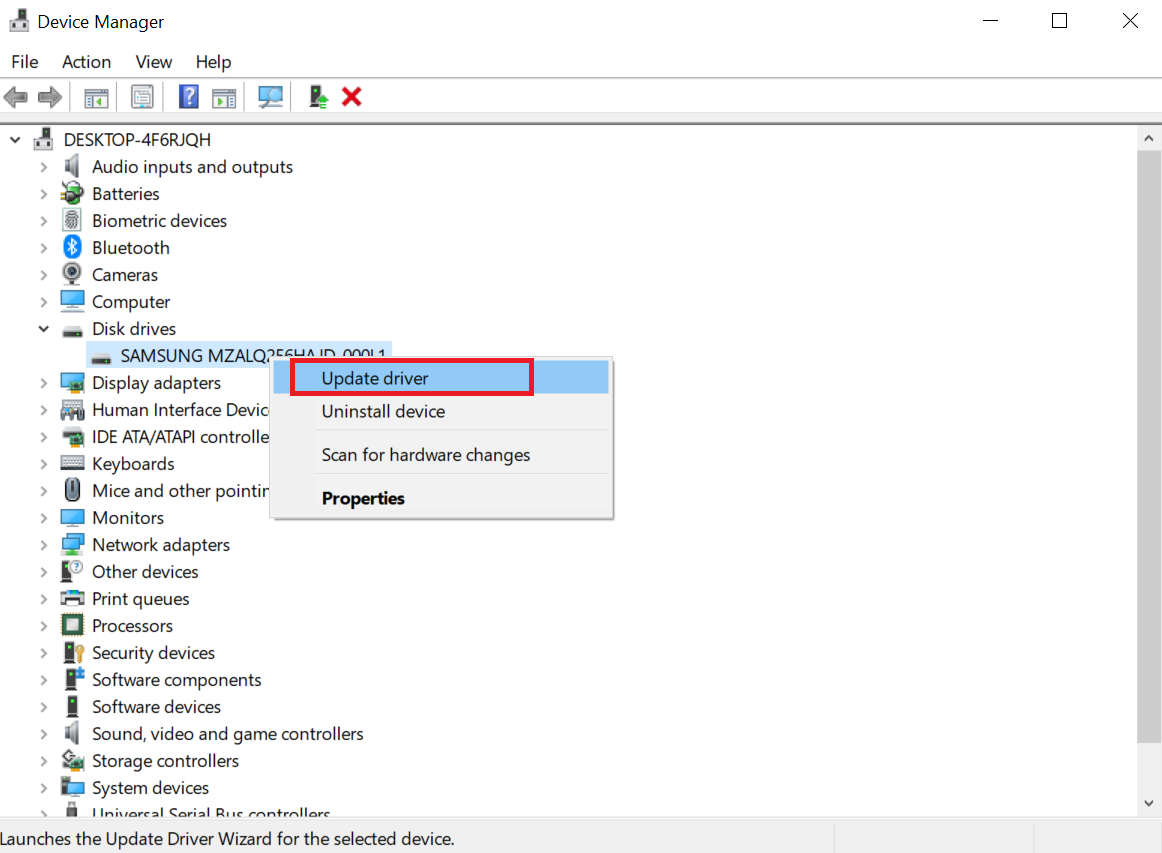
If this does not work, there may be disk errors or system file errors causing this issue.
Method 3: Check For Disk Errors or System File Errors
Your issue may be arising due to file system errors, whether it is the presence of bad sectors, missing or corrupted system files, etc. To check and fix these issues follow the methods.
Method 3.1: Use CHKDSK To Fix The Disk Errors
With the help of chkdsk, all disk errors should be fixed, and you should be able to access your hard drive without having it formatted.
- Type cmd in the search box and select Run As Administrator.
- Enter the command chkdsk G: /f /r /x (Here G is the drive letter, replace it with your drive letter)
- In this command, the different letters show different options. It's better to know in detail:
- G: – it is a drive letter which you can change according to your drive letter.
- /f: – It provides instructions to chkdsk for fixing encountered errors in Windows.
- /r: – it provides information about bad sectors in the hard drive.
- /x: – It is used to dismount the hard drive before proceeding with the above steps.
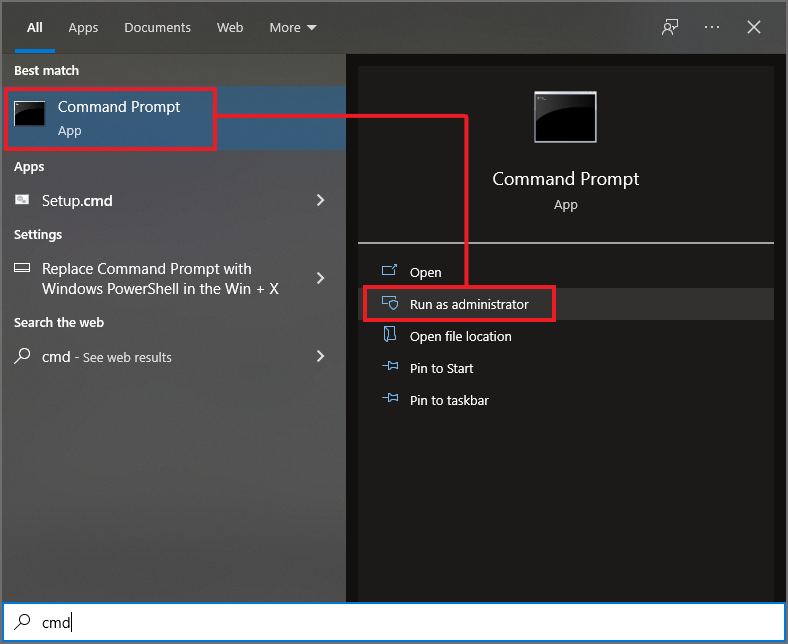
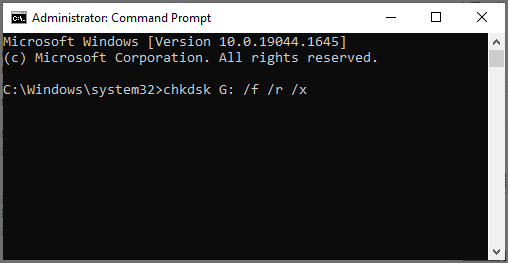
Method 3.2: Use SFC To Repair Corrupted System Files
SFC (System File Checker) is a command-line tool used for repairing corrupted system files. Follow the below-mentioned steps to recover the files from the hard drive without formatting:
- Type cmd in the search box and select Run As Administrator.
- Enter the command sfc /scannow.
- Restart the computer after the scan is completed.


Note: This process may take more than 1 hour so it is recommended to use data recovery software for quick results.
Method 4: Recover Data from Hard Drive That Needs Formatting using Yodot Hard Drive Recovery
If you have tried the method listed above and have not been successful in your attempt to recover an external hard disk without formatting, or the problem is that the file system of the drive is incompatible and formatting is the only option left. Don't panic.
Yodot Hard Drive Recovery Software helps you in recovering lost or deleted files from the hard drive that needs formatting. You can also recover data from formatted partitions or hard drives, in a few clicks.
Want to recover data from an unreadable hard drive? No problem, we have got you covered. Yodot hard Drive Recovery is an all round tool designd to work for a vast number of data loss scenarios.
Yodot Hard Drive Recovery Steps To Recover Files From Hard Drive That Needs Formatting
- Download the Yodot Hard Drive Recovery tool and install it.
- In this window two options will be displayed, “Partition Recovery” and “Formatted / Reformatted Recovery”.
- Select the drive that represents the externally connected victim hard drive and press next.
- Later it comes up with a list of restorable files in the Data View and File Type view options.
- Navigate through the list and select the required files to save.
- Specify the target location on the host system drive or another external storage component and save rescued files (but never to the same hard drive from which files were restored).
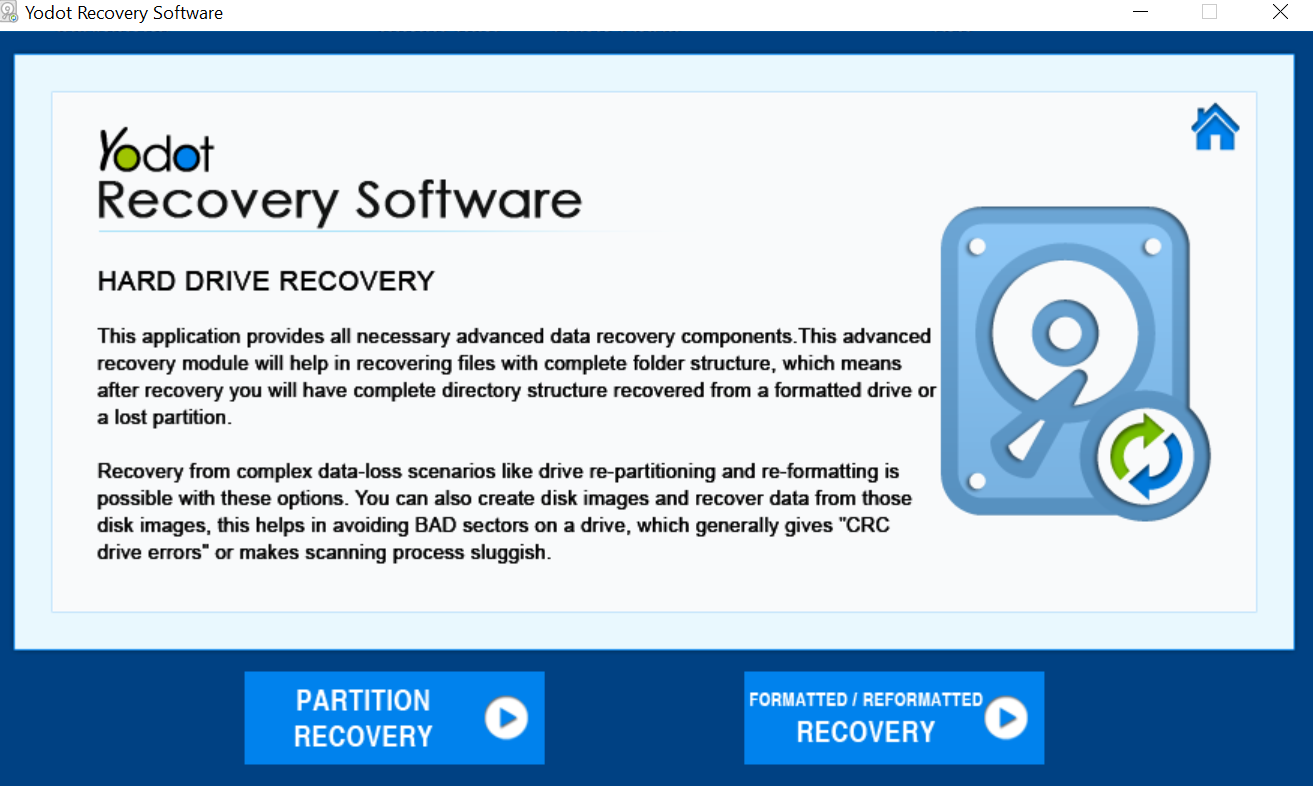
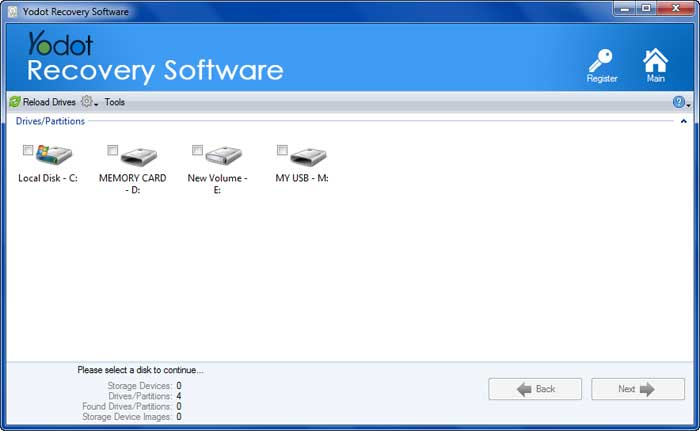
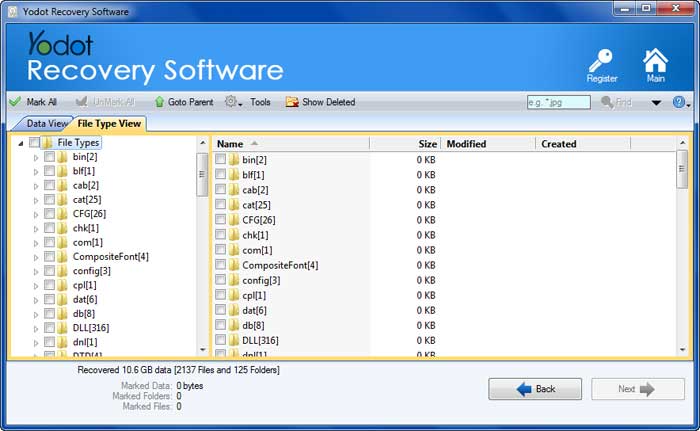
After Recovering the files from the hard drive that need’s formating. You can format the hardrive by following the below steps:
- First, Right-Click on the drive and select Format.
- Now, enter a name for the drive in the volume table and select the format type in the File System dropdown box.
- Click Ok.
Tips To Protect Your Hard Drive Data
- Do not perform abrupt termination of system, always shutdown it using proper procedure.
- Have a recurrent backup of crucial files from a hard drive on multiple storage devices.
- Do not format the drive when it shows drive needs formatting error, as it reduces the chances of 100% recovery.
To Conclude
We have discussed what the cause of your problem may be been and how to resolve it. We have also provided with you a tool to recover your data in case the issue does not resolve and formatting the drive is the only option left.
We hope you have found the solutions useful. In case you have doubts in any methods, fee free to reach out to us. We are always happy to help.
References
- Huang, S., Liang, S., Fu, S., Shi, W., Tiwari, D., & Chen, H. (2019). Characterizing disk health degradation and proactively protecting against disk failures for reliable storage systems. 2019 IEEE International Conference on Autonomic Computing (ICAC). https://doi.org/10.1109/icac.2019.00027
- Pinheiro, E., Weber, W.-D., & Barroso, L. A. (1970, January 1). Failure trends in a large disk drive population. USENIX. https://www.usenix.org/conference/fast-07/failure-trends-large-disk-drive-population

